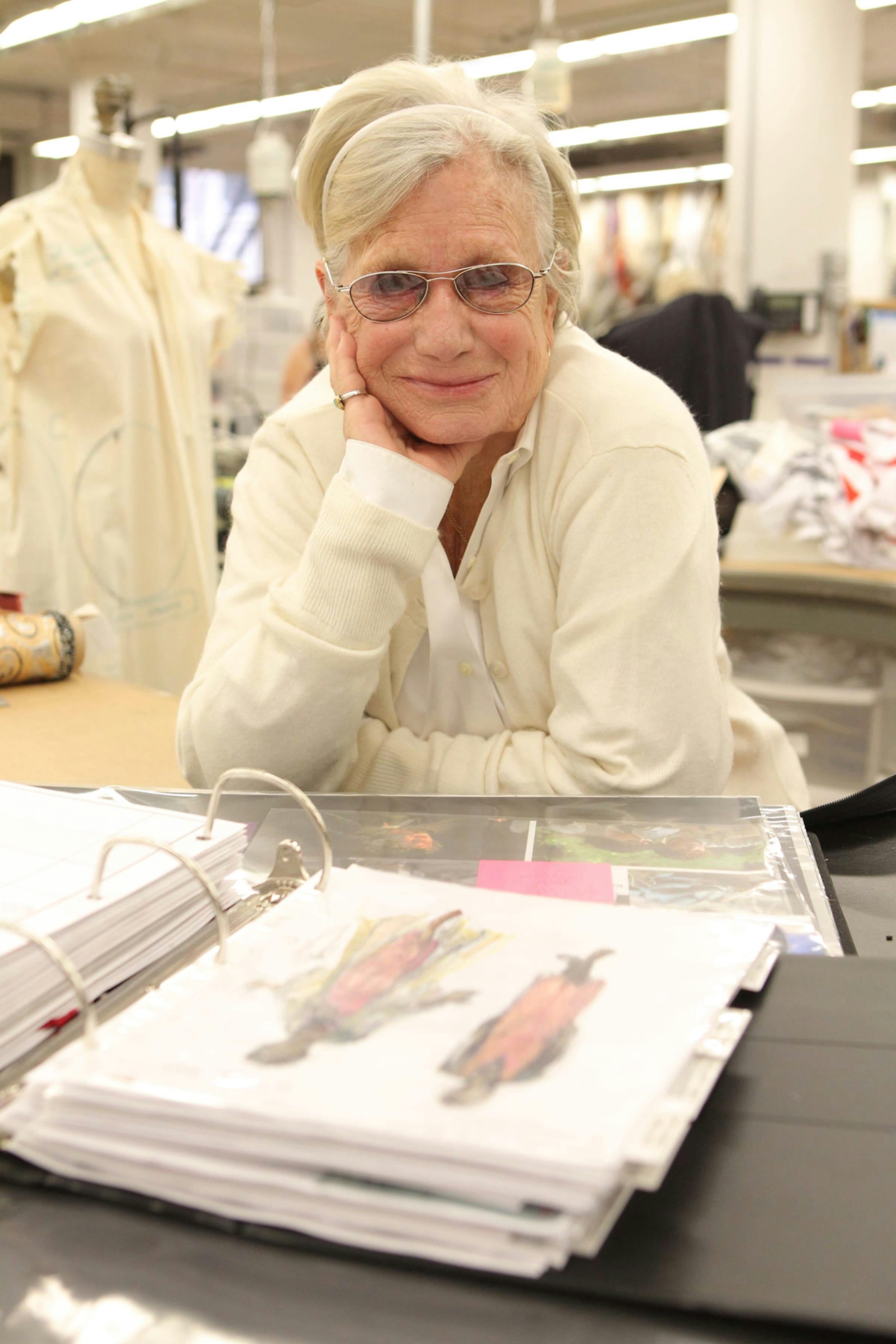In honor of the costume designer’s fifth Academy Award nomination, Queue takes a look at some of the most memorable projects from her career.
With 130-some screen credits, over a hundred theater productions, three Emmy nominations, and 11 Tony nominations under her belt, it’s impossible to distill a simple list of Ann Roth’s achievements to date. This year, the costume designer has earned her fifth Academy Award nomination, for the 2020 drama Ma Rainey’s Black Bottom (she already nabbed the Critics’ Choice Award), following up nods for Places in the Heart, The Talented Mr. Ripley, and The Hours, plus a win for The English Patient. To celebrate her nomination, we’re taking a look at a few of Roth’s most memorable costumes from over the years.
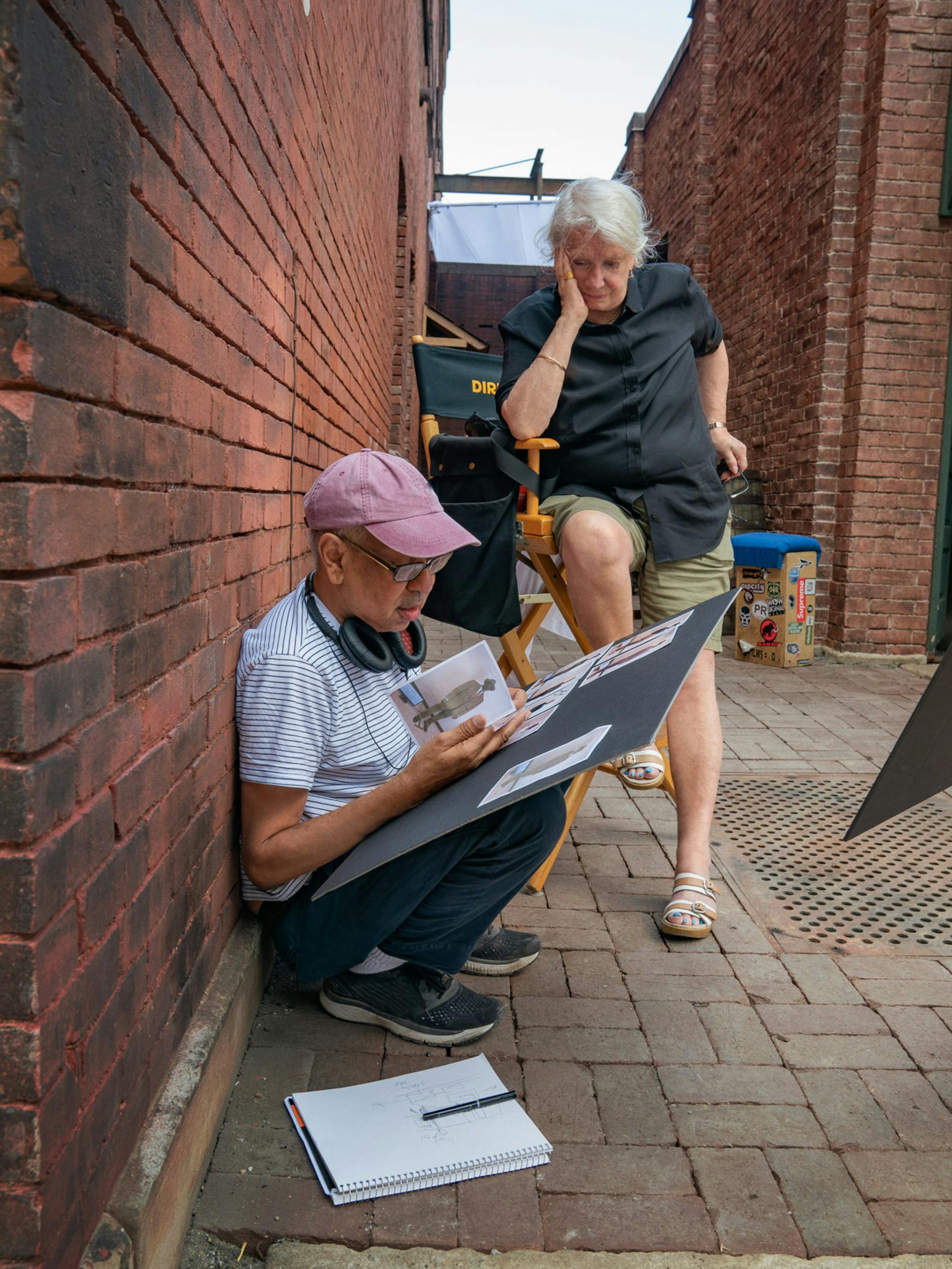
Director George C. Wolfe and Ann Roth behind the scenes of Ma Rainey’s Black Bottom
Photo by David Lee
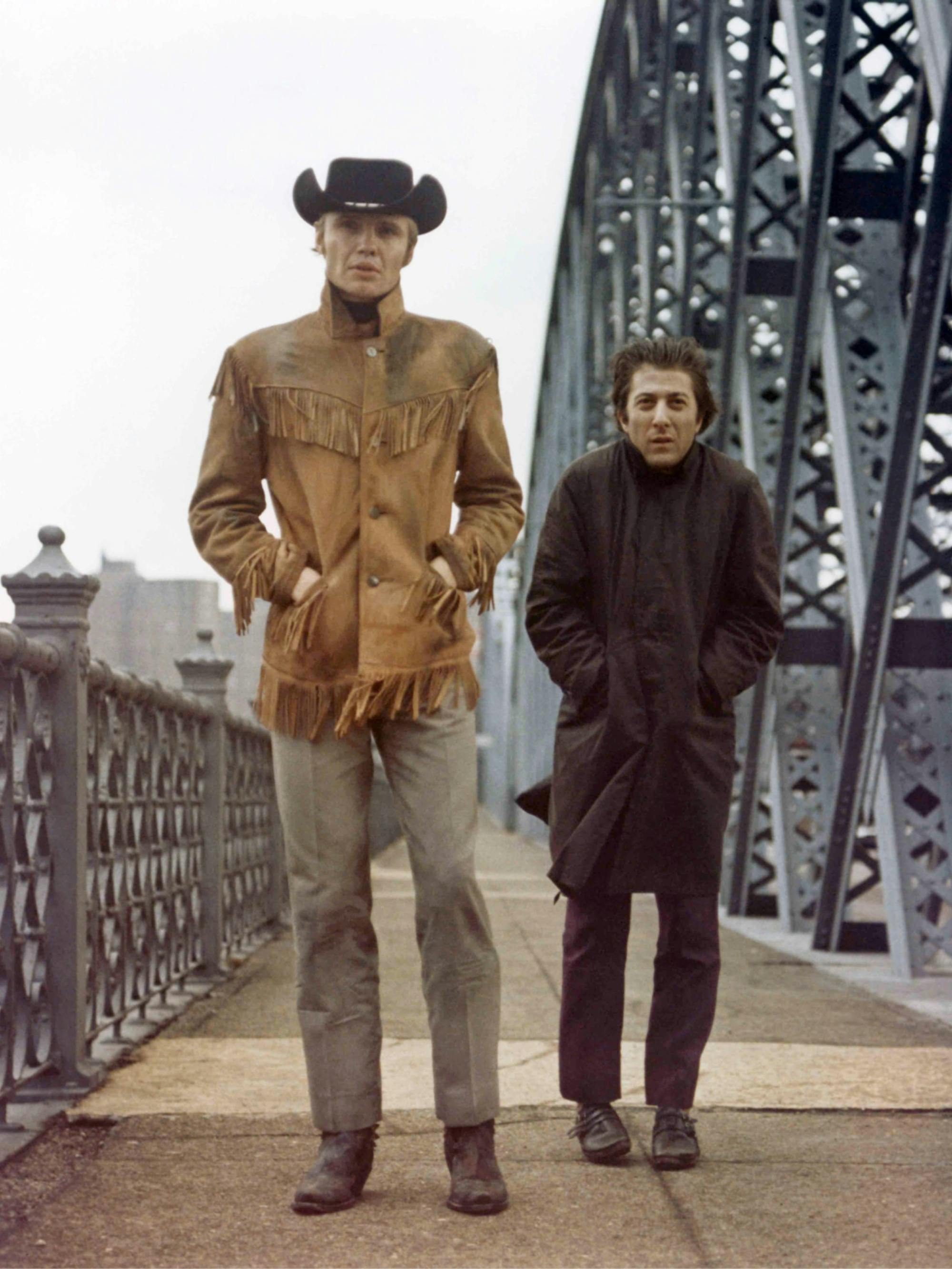
Jon Voight and Dustin Hoffman in Midnight Cowboy
Image Courtesy of Collection Christophel / Alamy Stock Photo
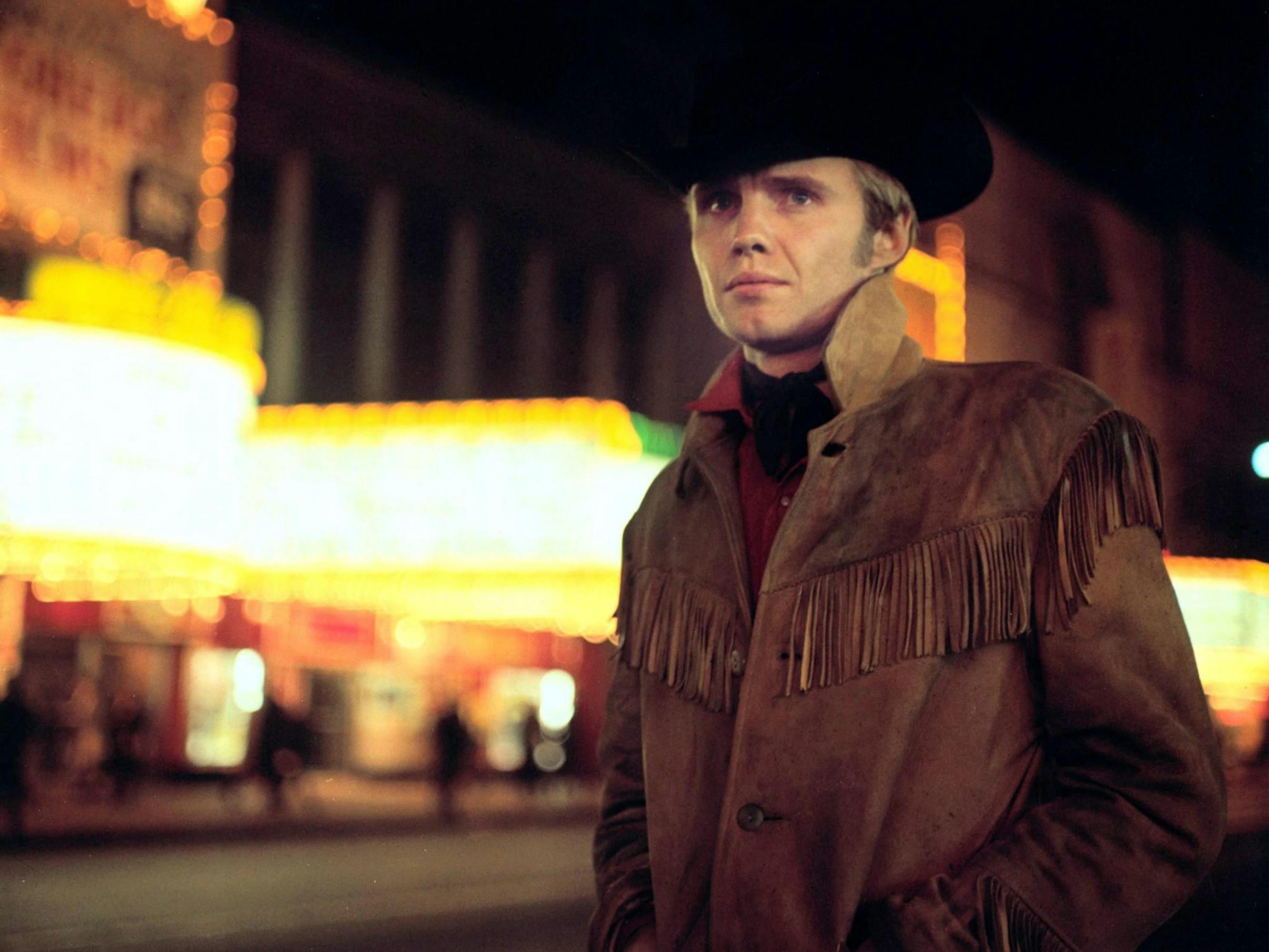
Jon Voight as Joe Buck, wearing his signature hat and jacket
Image Courtesy of AF Archive / Alamy Stock Photo
Midnight Cowboy was Roth’s sixth film project as a top-billed costume designer (she apprenticed for Irene Sharaff on A Star Is Born and Brigadoon before setting out on her own in 1964). With its Andy Warhol-inspired party scene, the project was perfect for Roth, whose time at Carnegie Mellon University overlapped with Warhol’s and placed her in the midst of the bohemian scene. (Several of Warhol’s friends actually ended up in that pivotal segment of the film.) Her skill for crafting transformative pieces is on display even at this early point in her career: the fringed suede jacket, those polished boots, and, of course, that black cowboy hat helped turn Jon Voight’s Joe Buck into a cinematic icon. The subversive subject matter that made Midnight Cowboy the first and only X-rated film to win a Best Picture Oscar proves Roth is no shrinking violet either.

Jane Fonda on the set of Klute, 1971, in her character’s iconic trench coat
Image Courtesy of Glasshouse Images / Alamy Stock Photo
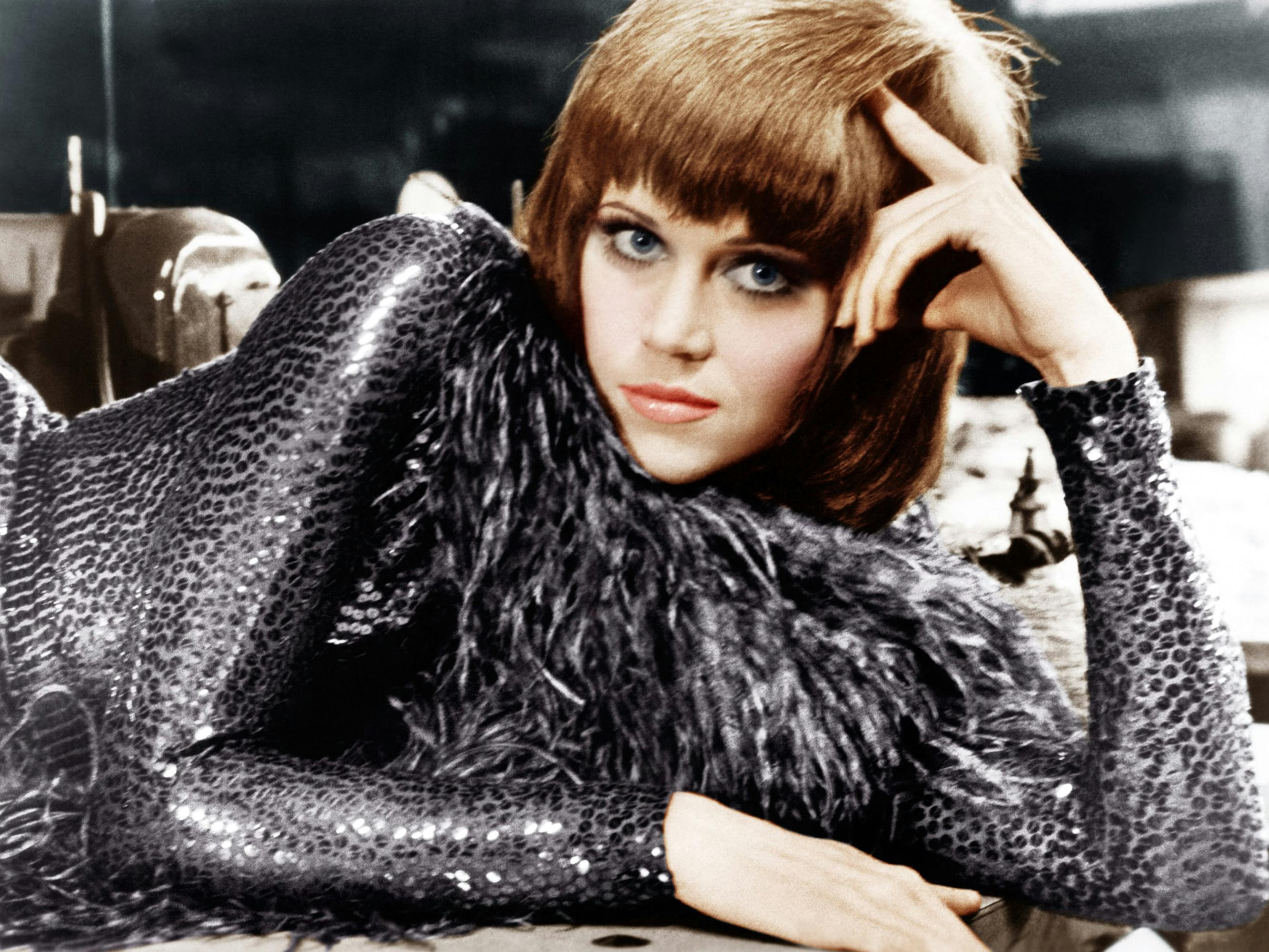
Jane Fonda as Bree Daniels
Image Courtesy of Everett Collection
Roth took on the thriller Klute, which she says is one of her favorite movies, as Jane Fonda’s star was ascending in Hollywood. Fonda’s performance as Bree Daniels, an aspiring model/actress and high-class call girl who becomes involved in a missing persons case, earned universal praise and a Best Actress Oscar. Her signature looks in the film — tall boots, fringed bag, swaggering trench coat, and trendsetting shag haircut (credited to Roth) — have been endlessly reinterpreted on fashion runways and in magazine spreads. Roth keeps a black-and-white production still of Fonda on her desk, and even recreated Bree’s trench for the actor to sell at a charity auction. Fonda’s work in the film dovetailed with her nascent activism, and, as she recalls in her 2005 memoir My Life So Far, she decided she “wouldn’t dress for men anymore,” adopting Bree’s hairstyle and liberated braless look.
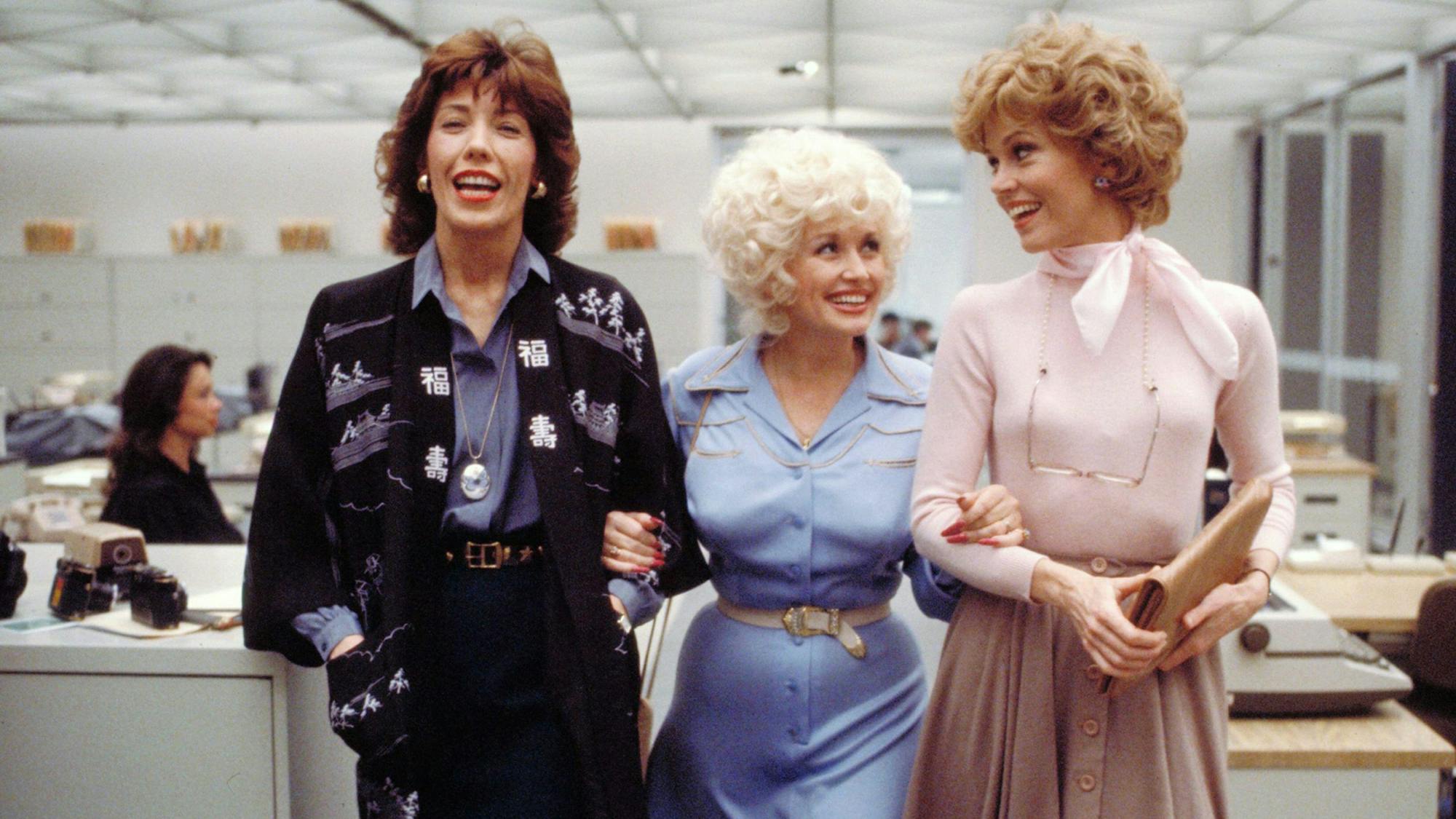
Lily Tomlin, Dolly Parton, and Jane Fonda in a scene from 9 to 5
Image Courtesy of Picturelux / the Hollywood Archive / Alamy Stock Photo
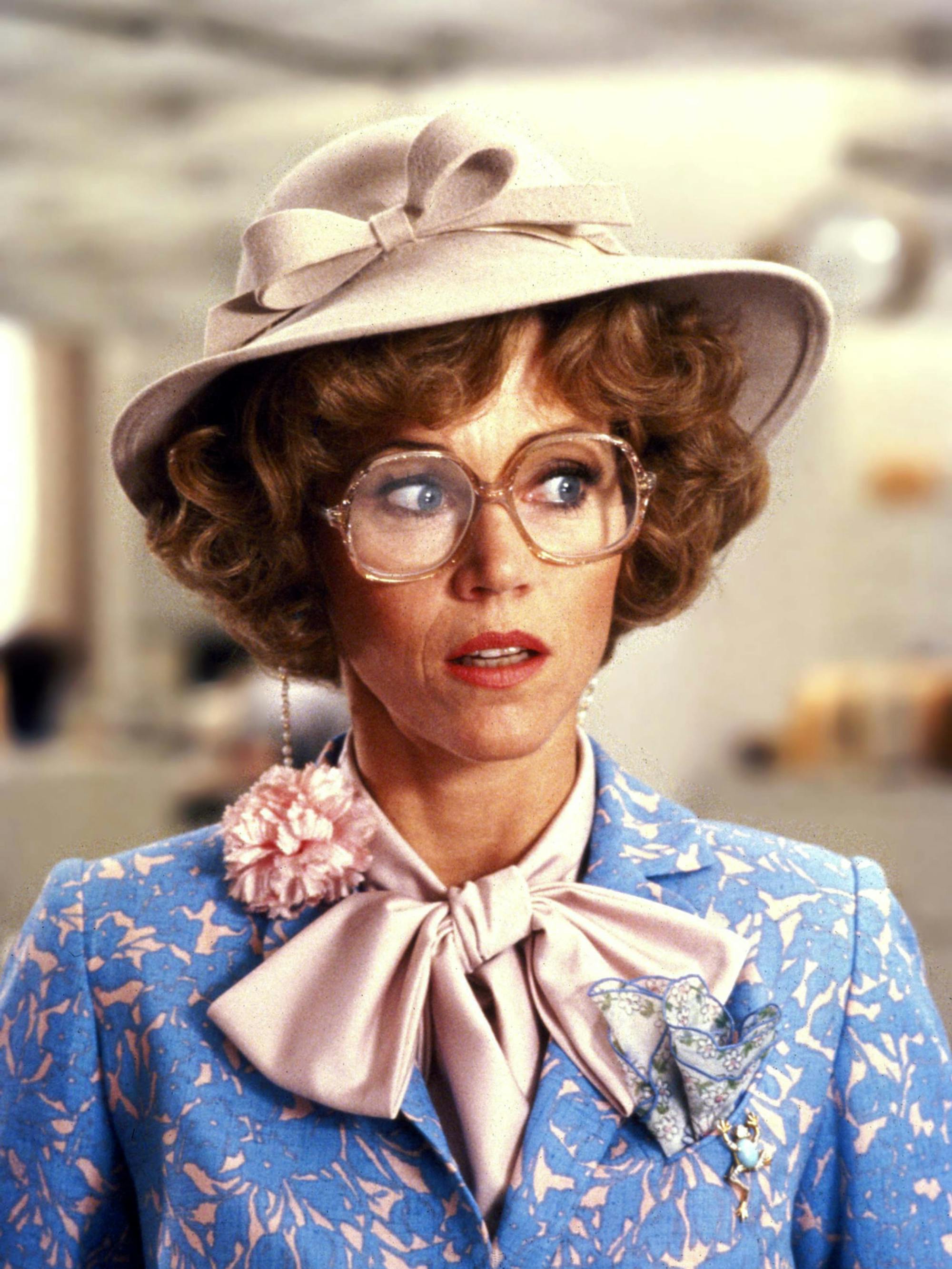
Jane Fonda in that unforgettable pussy bow blouse
Image Courtesy of Moviestore Collection Ltd / Alamy Stock Photo
Roth designed for Fonda again — plus co-stars Lily Tomlin and Dolly Parton — in 9 to 5, a 1980s box-office hit that has become a pop-culture favorite. The film is beloved for the comedic chemistry between its contrasting leading ladies — Fonda’s straitlaced divorcée, Tomlin’s jaded office manager, and Parton’s bombshell secretary — and for its elaborate fantasy sequences in which they exact revenge on the lecherous Mr. Hart (Dabney Coleman). One can’t imagine a 9 to 5 character without visualizing the outfits — Judy’s pussy-bow blouse! Violet’s Snow White costume! Roth turns even a tiny accessory into a scene-stealer. We’re talking about that silk scarf Mr. Hart asks Violet to buy for his wife and ends up gifting to his secretary, who uses it to gag him in one of the most hilarious comeuppances in movie history.
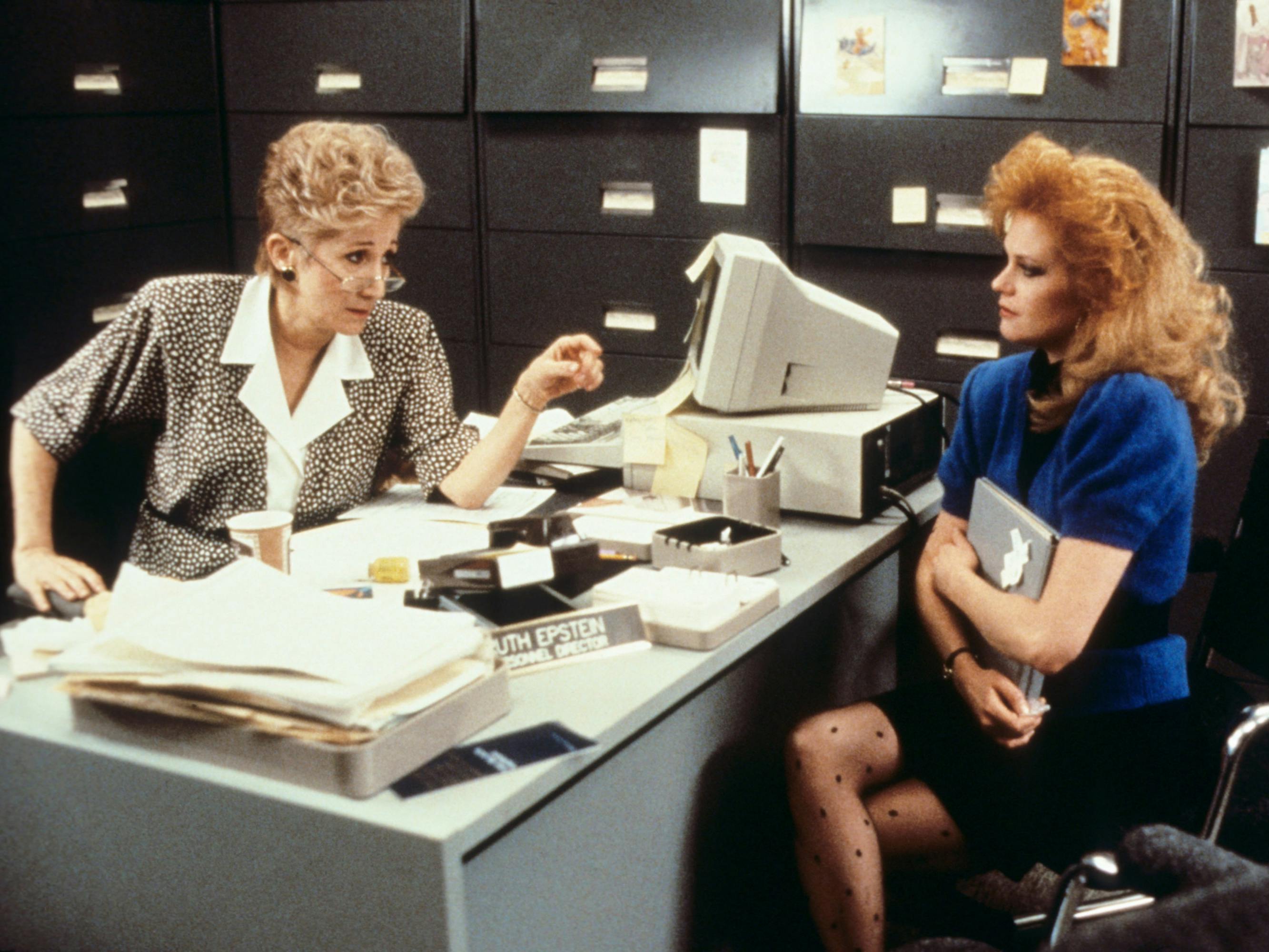
Olympia Dukakis and Melanie Griffith in Working Girl
Image by 20th Century Fox Film Corp. / Courtesy Everett Collection
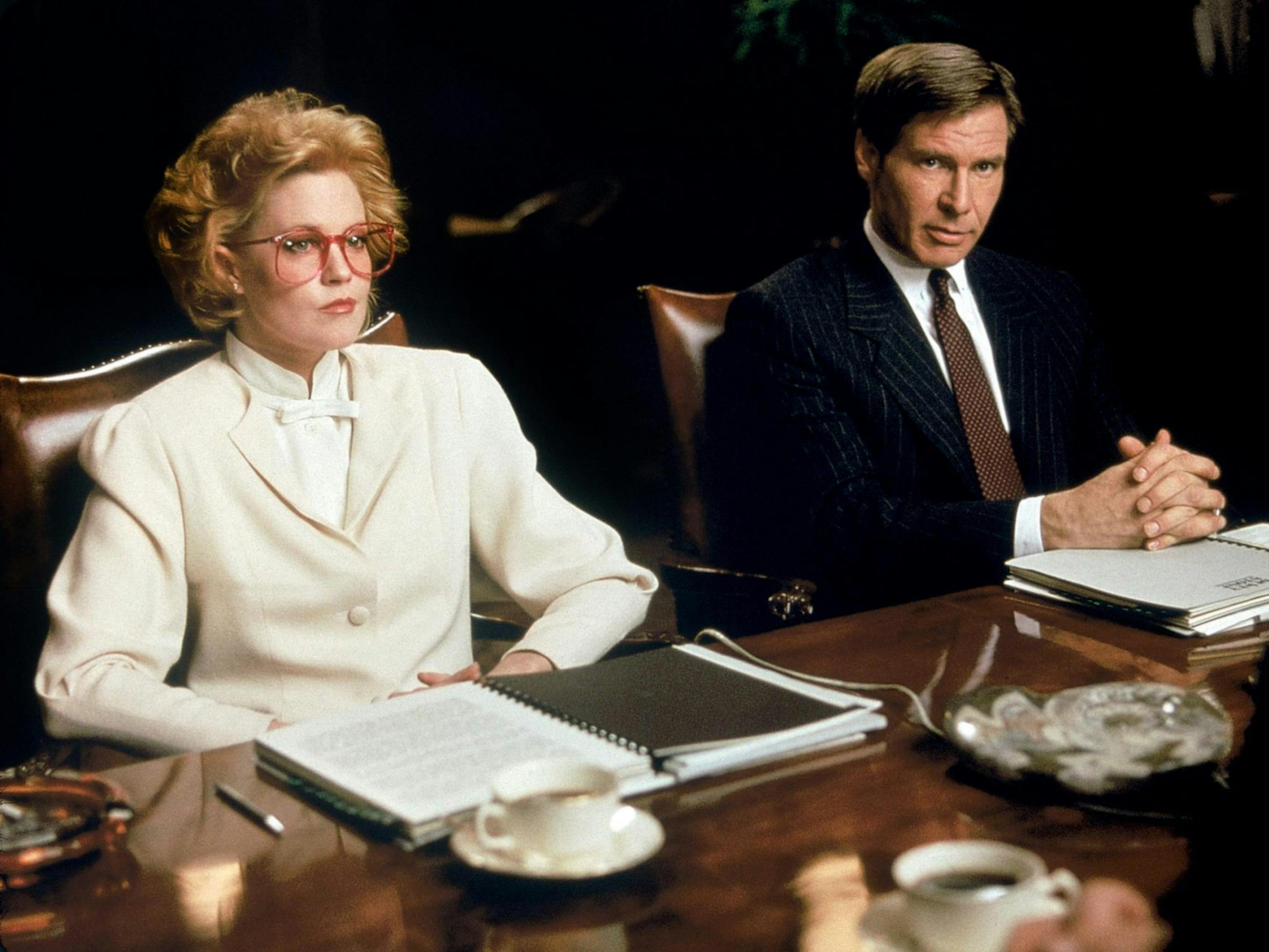
Melanie Griffith and Harrison Ford, dressed for success
Image Courtesy of Allstar Picture Library Ltd. / Alamy Stock Photo
Working Girl, another corporate farce, brought Roth together again with Mike Nichols, her friend and most frequent director-collaborator, for whom she costume-designed a dozen films. Tess McGill’s (Melanie Griffith) metamorphosis from big-haired Staten Island secretary to glamorous executive is one for the ages. So is Sigourney Weaver’s sophisticated, duplicitous boss Katharine Parker. Great acting and directing aside, the best part of the movie is watching Tess co-opt her boss’s fabulous wardrobe in order to work on a big business deal with Harrison Ford’s suave Jack Trainer. As Katherine relates to Tess at the beginning of the film, “Dress shabbily, they notice the dress. Dress impeccably, they notice the woman. —Coco Chanel.”
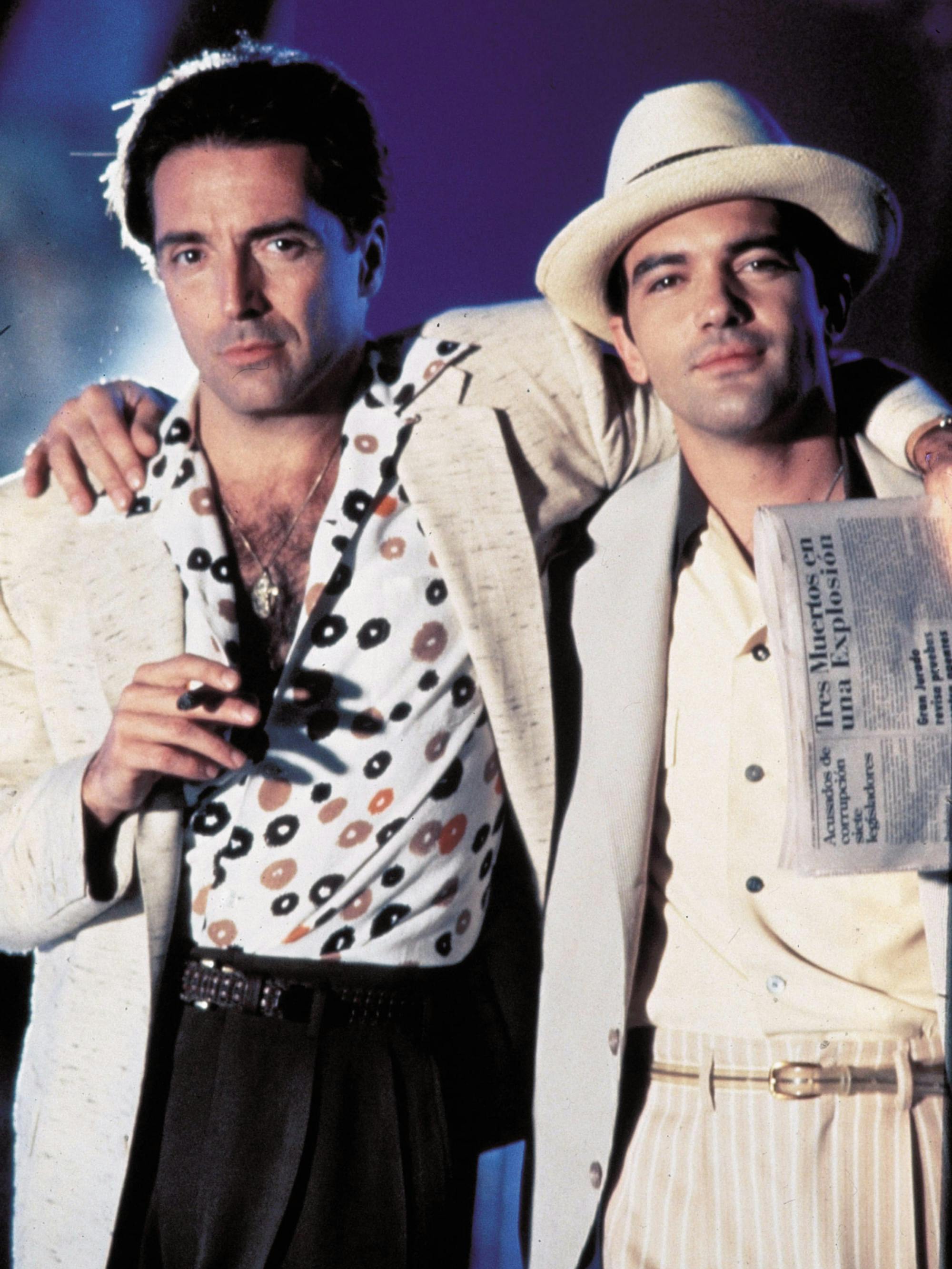
Armand Assante and Antonio Banderas play brothers trying to hit the big time in The Mambo Kings
Image Courtesy of Album / Alamy Stock Photo

Talisa Soto and Armand Assante as Maria Rivera and Cesar Castillo
Image Courtesy of Af Archive / Alamy Stock Photo
The Mambo Kings marked Antonio Banderas’s Hollywood debut and is still notable today for its vibrant portrayal of the Latin music scene in 1950s New York. Adapted from Oscar Hijuelos’s Pulitzer Prize-winning novel, the film follows two brothers, played by Armand Assante and Banderas, from Havana to New York, where they strive to become the next Tito Puente or Desi Arnaz. Puente and Arnaz Jr. (playing his father) also appear in the film. In 2000, Roth told Live Design that she remembers the era well because it was a period when she frequented El Morocco and the Peppermint Lounge: “There was a certain air about town which had to do with Marlon Brando and Anna Magnani and dancing all night,” she explained. “And I was right there.” The jet-set brought flair to the otherwise staid 50s, and musical performers were among the best at delivering the razzle dazzle. The ritzy white suits in which the Mambo Kings perform are a testament to pure glamour.
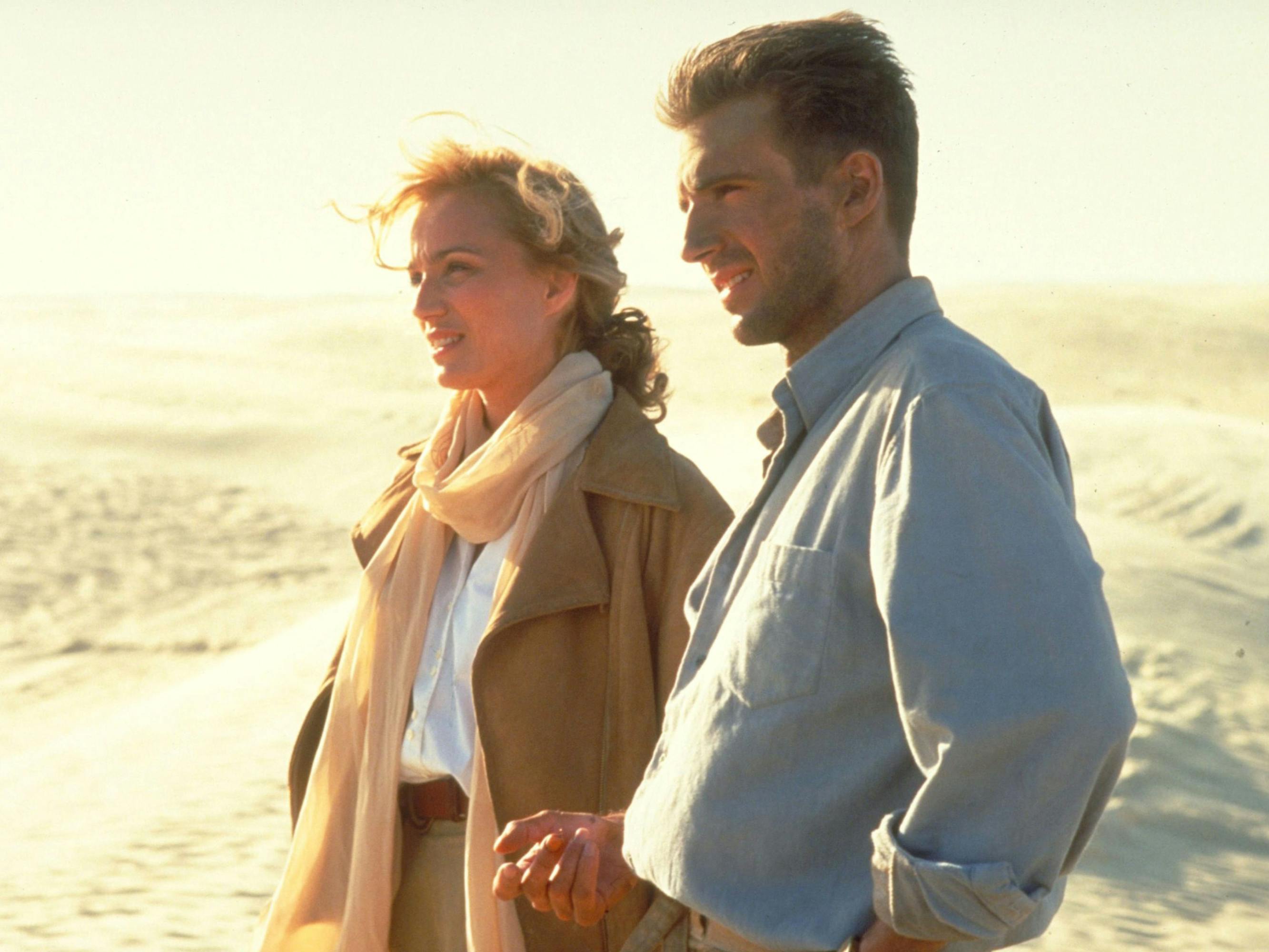
Kristin Scott Thomas and Ralph Fiennes in The English Patient
Image Courtesy of Photo 12 / Alamy Stock Photo
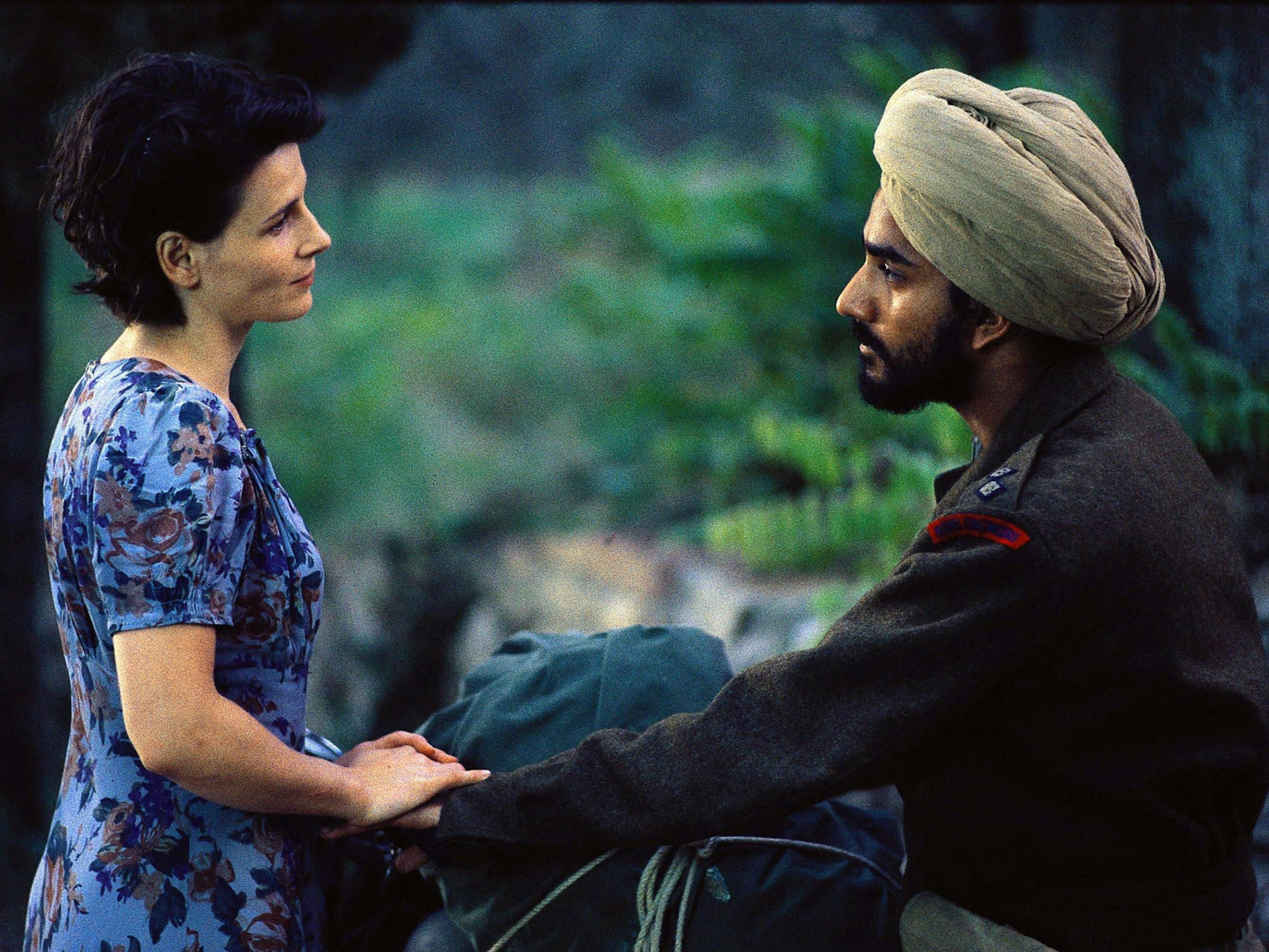
Juliette Binoche and Naveen Andrews as Hana and Kip
Image Courtesy of Allstar Picture Library Ltd. / Alamy Stock Photo
Anthony Minghella’s sweeping period epic The English Patient won a whopping nine Oscars, including one for Roth. The romantic wartime drama fell into Roth’s sweet spot, requiring meticulous historical research, weeks of prep on foreign sets, and swoon-worthy costumes, all fueled by a detail-rich script from Minghella and source material from the original novel’s author, Michael Ondaatje. Roth even managed to come up with military uniforms for an enormous cast of extras. She told The Morning Call in 1997 that to make her leading men’s dinner costumes she secured the services of a Savile Row tailor who had designed suits for the Duke of Windsor. And in a stroke of brilliance, she created the white ensemble that is so memorably removed in the seduction scene between Fiennes and Kristin Scott Thomas. “Many directors would say, ‘Don’t make me go through a dress with a lot of buttons. Don’t make me worry about a zipper. Make it easy.’ But that’s not how it happens in real life, especially in the context of the 1940s,” she explained to the paper. “So, I put Kristin in a dress, a slip, and a bra. And I think the scene is more interesting because it’s so complicated — and you get to see Ralph [Fiennes] going through all that underwear.” Leave it to Roth to turn more clothing into a better love scene.
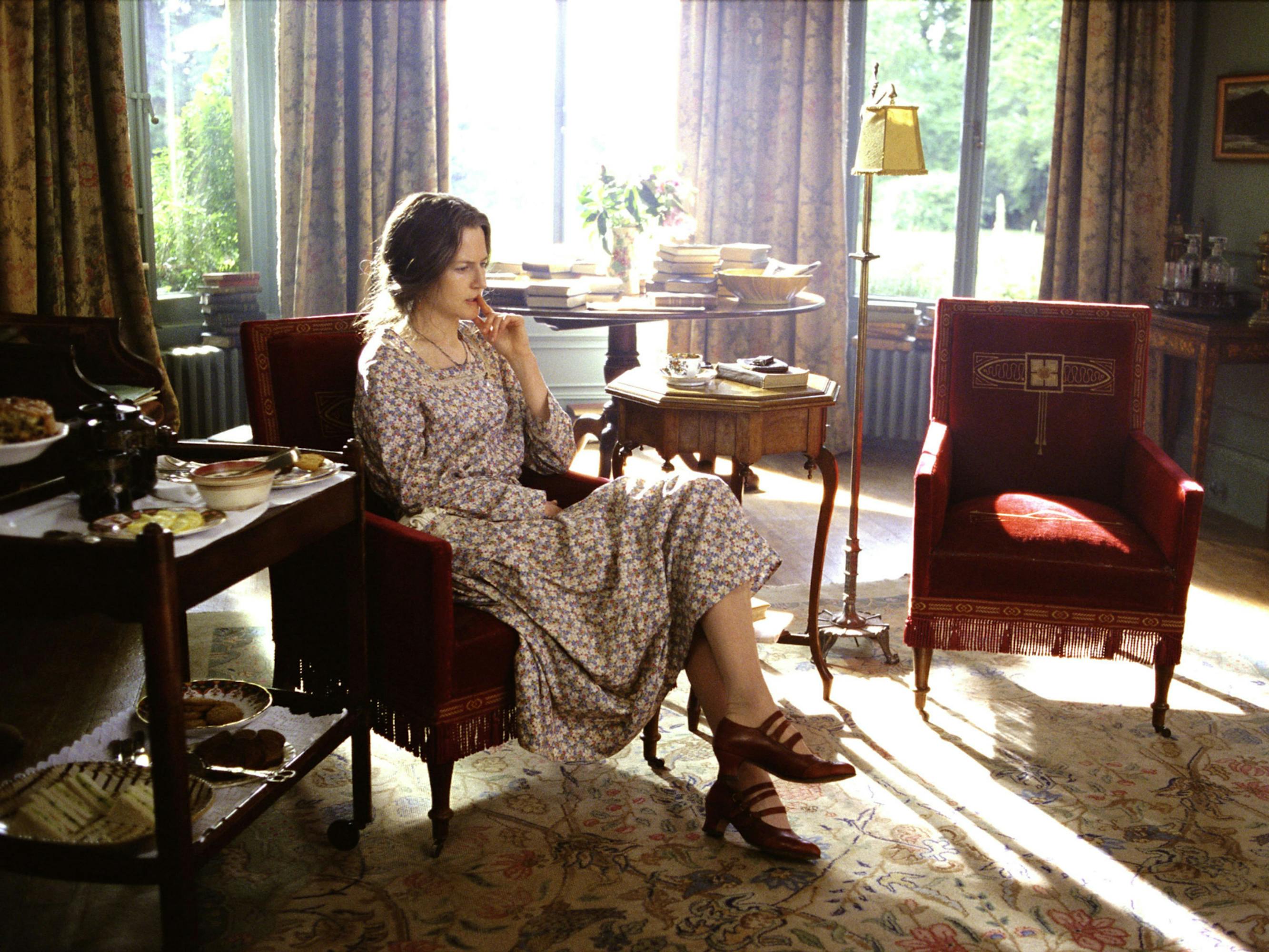
Nicole Kidman in The Hours
Image Courtesy of Paramount / Everett Collection
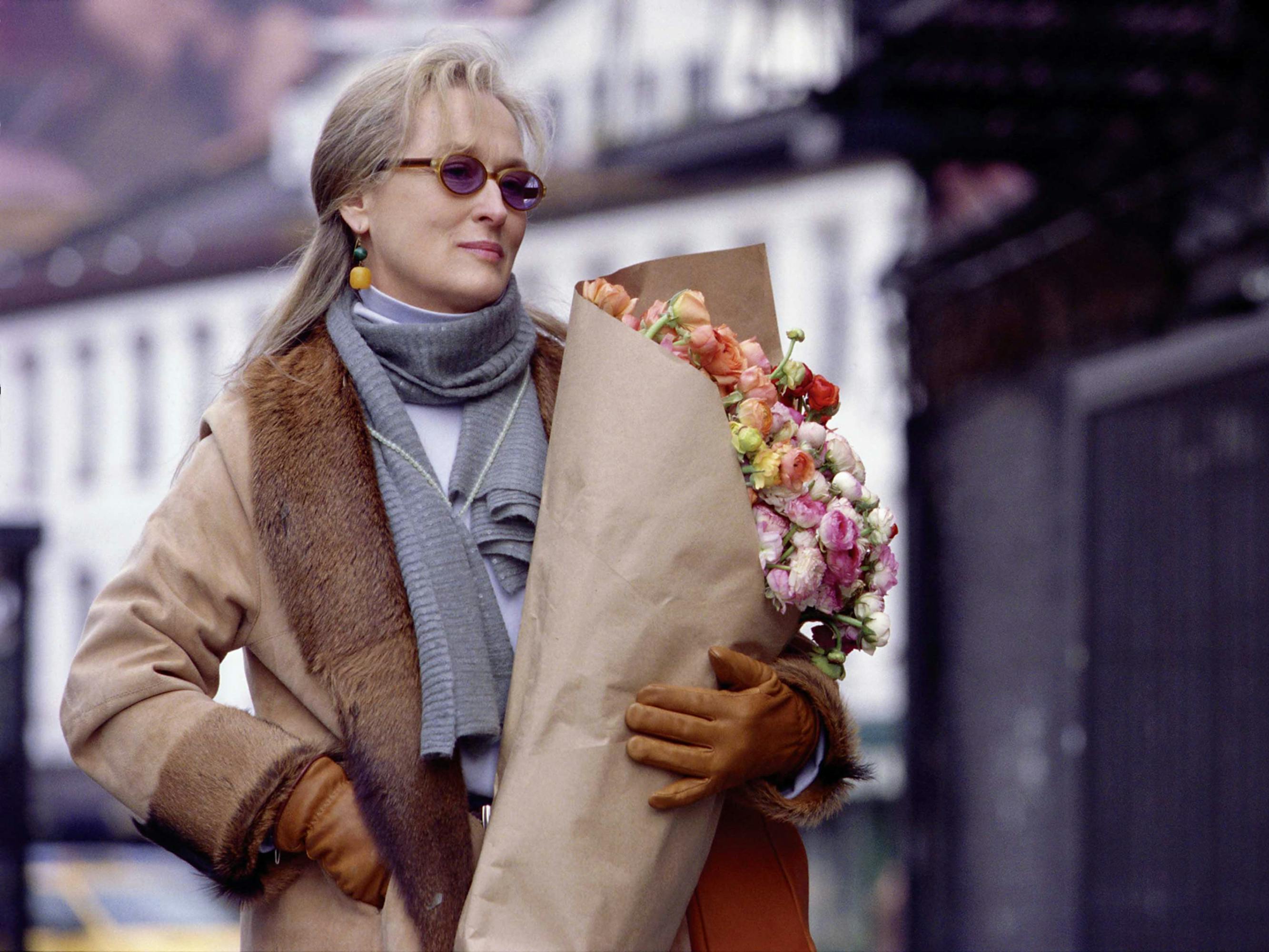
Meryl Streep costumed as a New York City editor
Image Courtesy of Paramount / Everett Collection
Time travel through film can be a dizzying delight to watch, especially for the costumes. The Hours is the interwoven tale of three women — one an editor in contemporary New York, another a 1950s housewife in California, and the third the author Virginia Woolf in 1920s England. Roth created three distinct women and three distinct worlds for the film, the color palette for which was based on Bloomsbury stationary. Meryl Streep, Julianne Moore, and Nicole Kidman were each transformed for their respective roles, and Kidman, outfitted in floral dresses and with that extra Roth touch — a handkerchief stowed away in a pocket that she could play with to communicate Woolf’s emotional state — won the Best Actress Oscar.
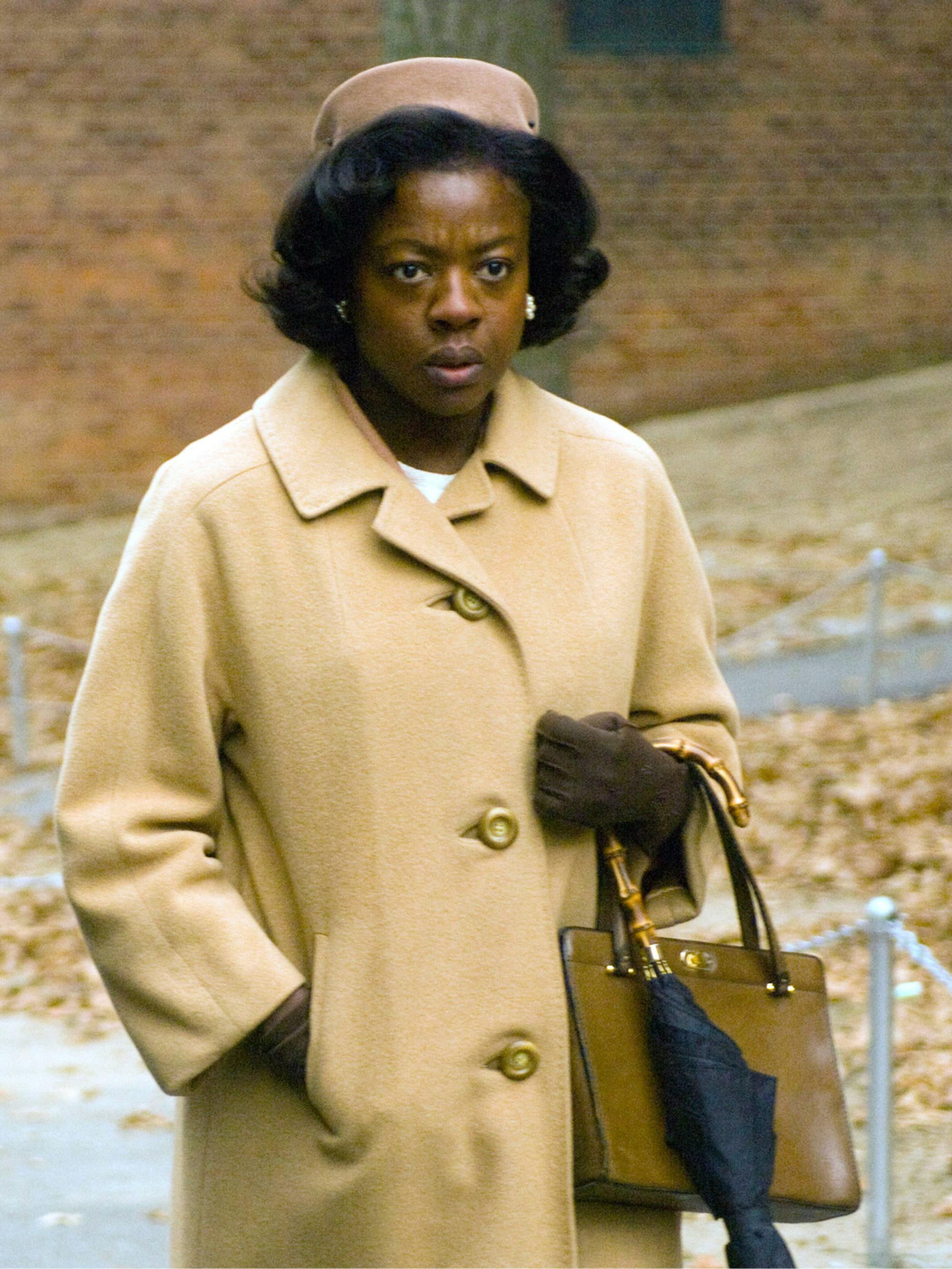
Viola Davis in Doubt
Image by Miramax / Courtesy Everett Collection
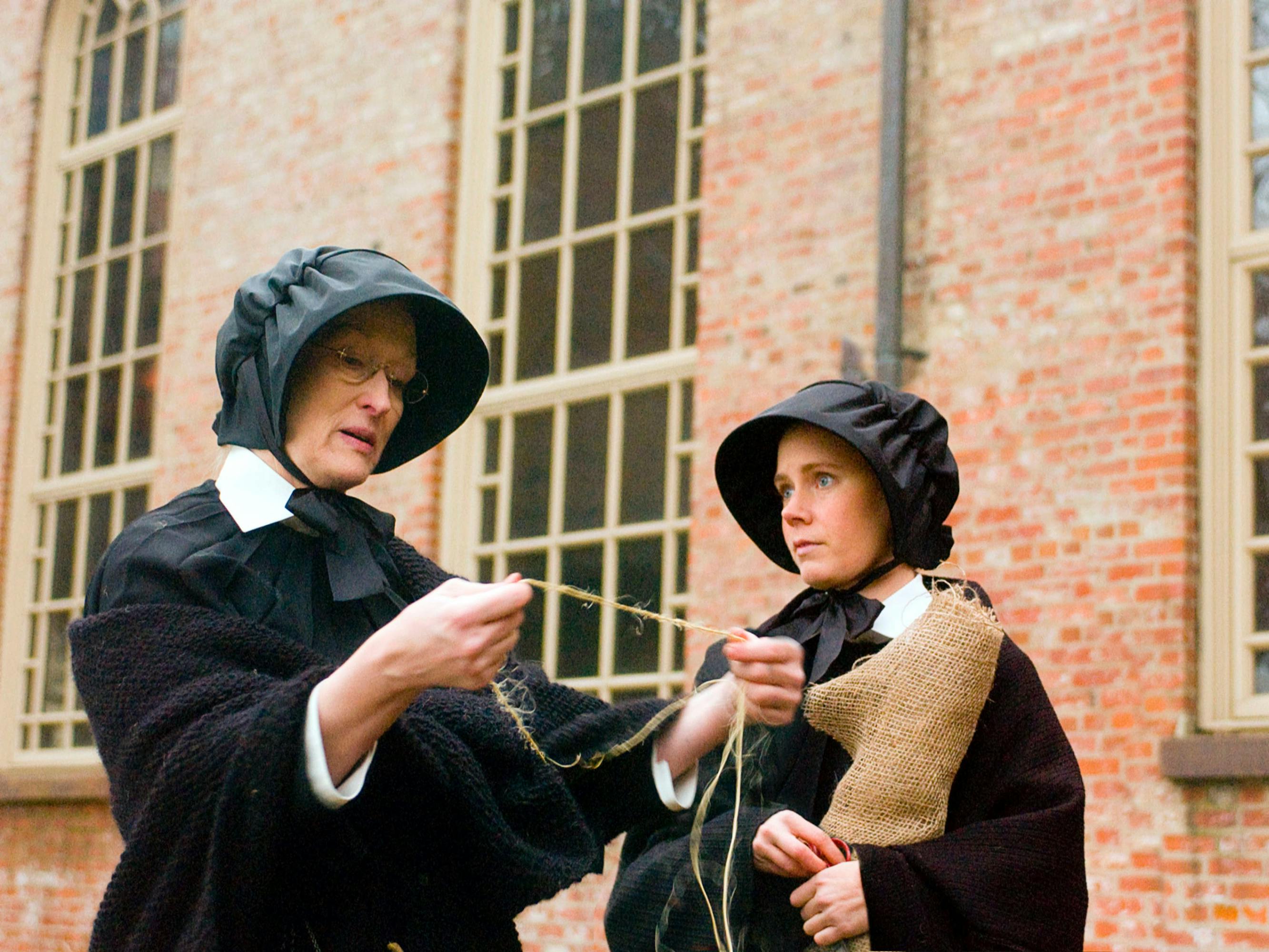
Meryl Streep and Amy Adams in character, sporting heavy black shawls over habits
Image by Miramax / Courtesy Everett Collection
The function of costuming for film is to create a character — not necessarily clothes — that stand out onscreen. Roth has noted that her own skill lies in making characters look like real people, not like movie stars. This was especially true in Doubt, in which three of the most kinetic actors of modern times — Meryl Streep, Amy Adams, and Philip Seymour Hoffman — play nuns and a priest at a Catholic school in the Bronx in 1964. The black-and-white habits and robes convey the sanctity of these vocations but also act as a backdrop for the drama. Roth actually let Streep do the work for one of her costumes: “All the actresses playing nuns wanted to make those heavy knitted shawls they wear,” she told Variety in 2020. “Meryl knitted hers, and she finished hers first.” Meanwhile, Viola Davis portrays the mother of the school’s first Black student, and it was Roth’s job to use costume to reflect the class and racial tensions of the era. The collaboration also set the pair up to work together again on Ma Rainey’s Black Bottom.
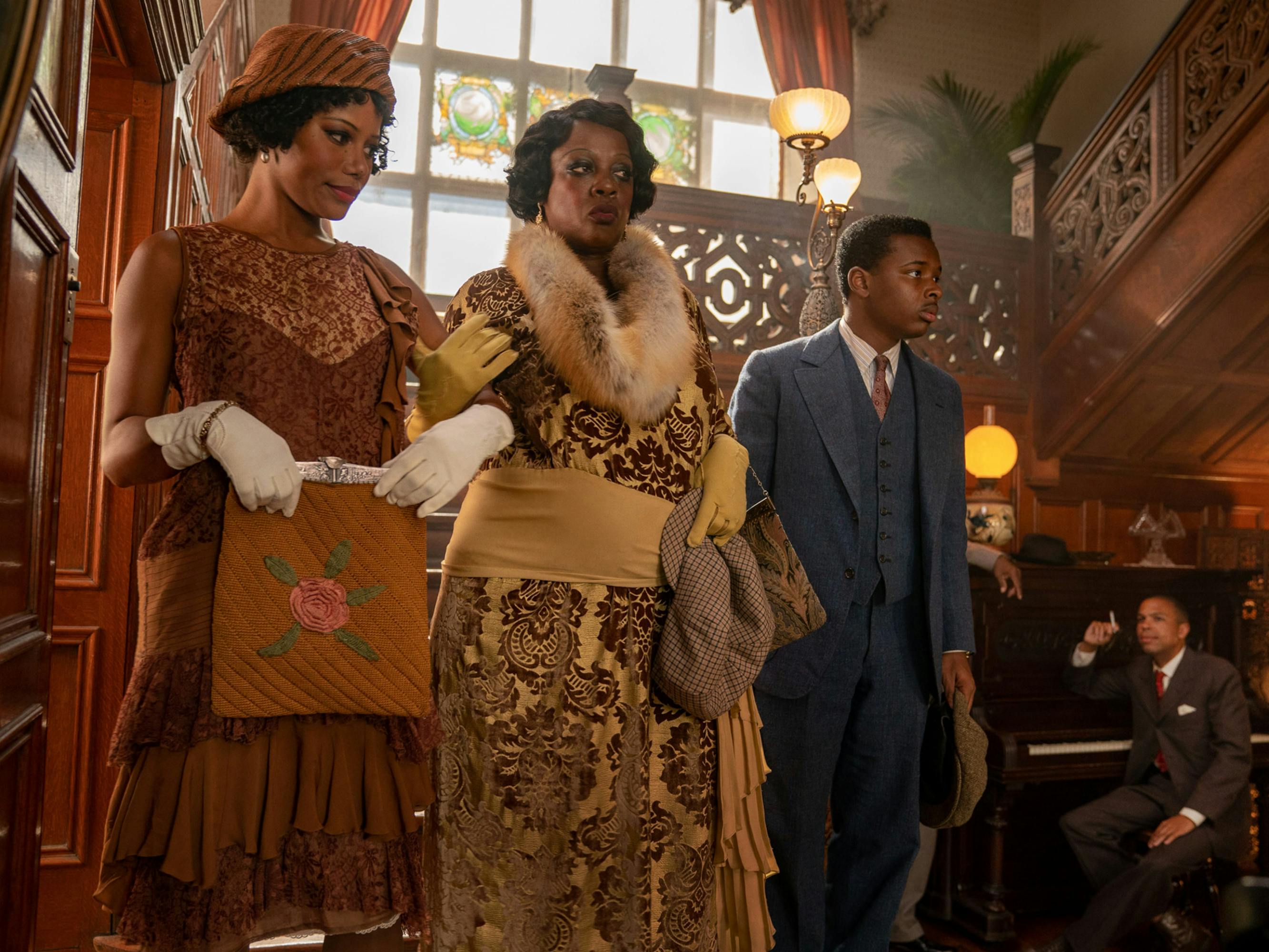
Taylour Paige, Viola Davis, and Dusan Brown make a glamorous entrance in Ma Rainey’s Black Bottom
Image by David Lee
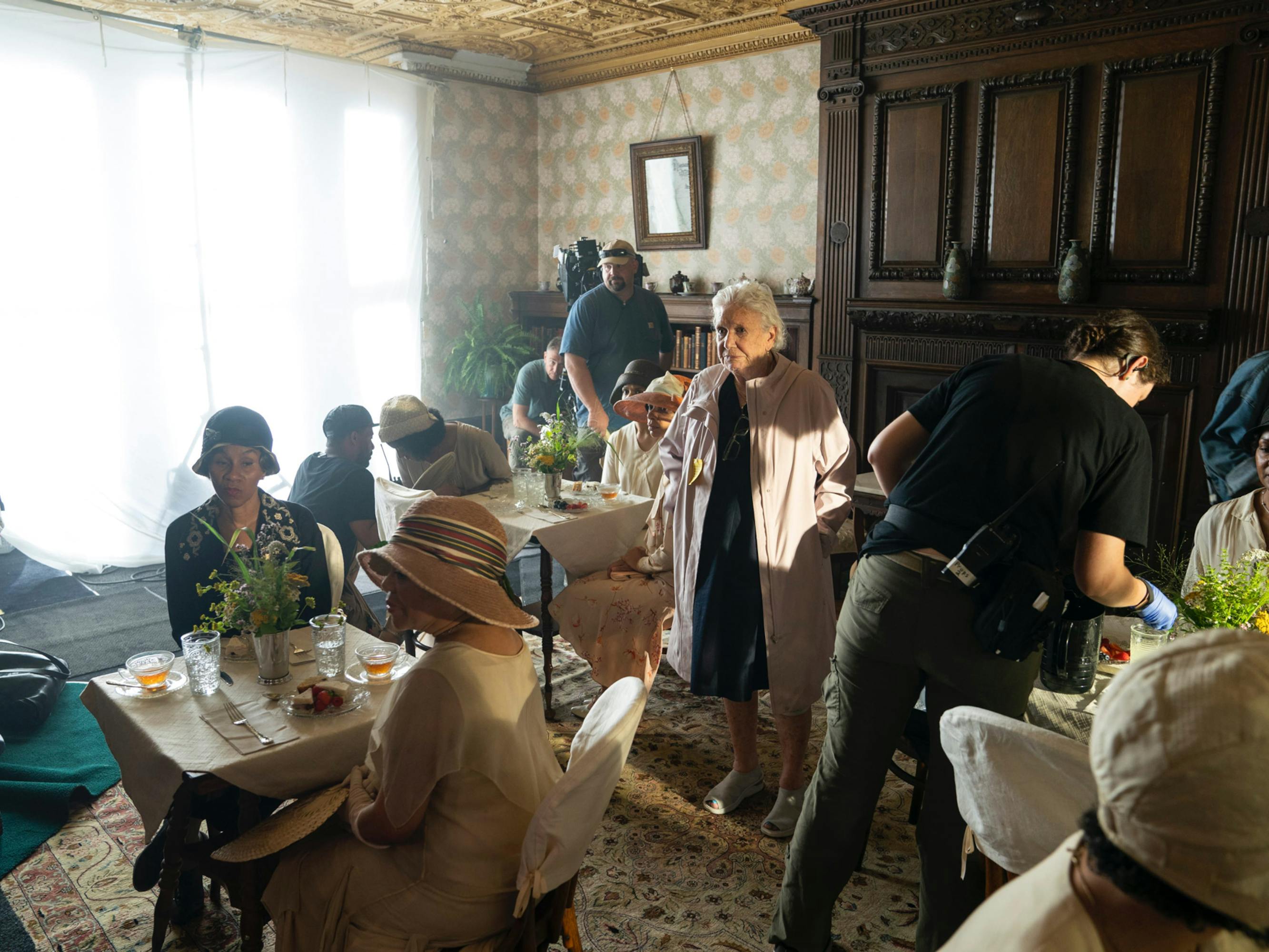
Ann Roth surveys her work
Photo by David Lee
This year, Roth earned her fifth Academy Award nomination for the drama Ma Rainey’s Black Bottom. Portrayed in the film by Viola Davis, the real-life blues singer Ma Rainey was a commanding, larger-than-life personality. She was frequently decked out in her signature necklace of 20 gold-dollar coins, which Roth painstakingly replicated from period-appropriate, pre-1927 currency. The costume designer also commissioned a foundation piece that added a hundred pounds to Davis’s figure and was worn under her striking ensembles. Roth was tasked with costuming all the extras as well, including those who appear in the audience for the film’s tent-show scene. “Even during the tent scene, which must’ve had over a hundred extras, she went up to each and every one of those extras and had her hands on them,” Davis recalls. “She explained where each part of their costume came from and what it meant to be in that tent. They listened intently. Ann Roth is not just a costume designer, she’s an artist and she’s a teacher. That’s what makes her extraordinary.”
